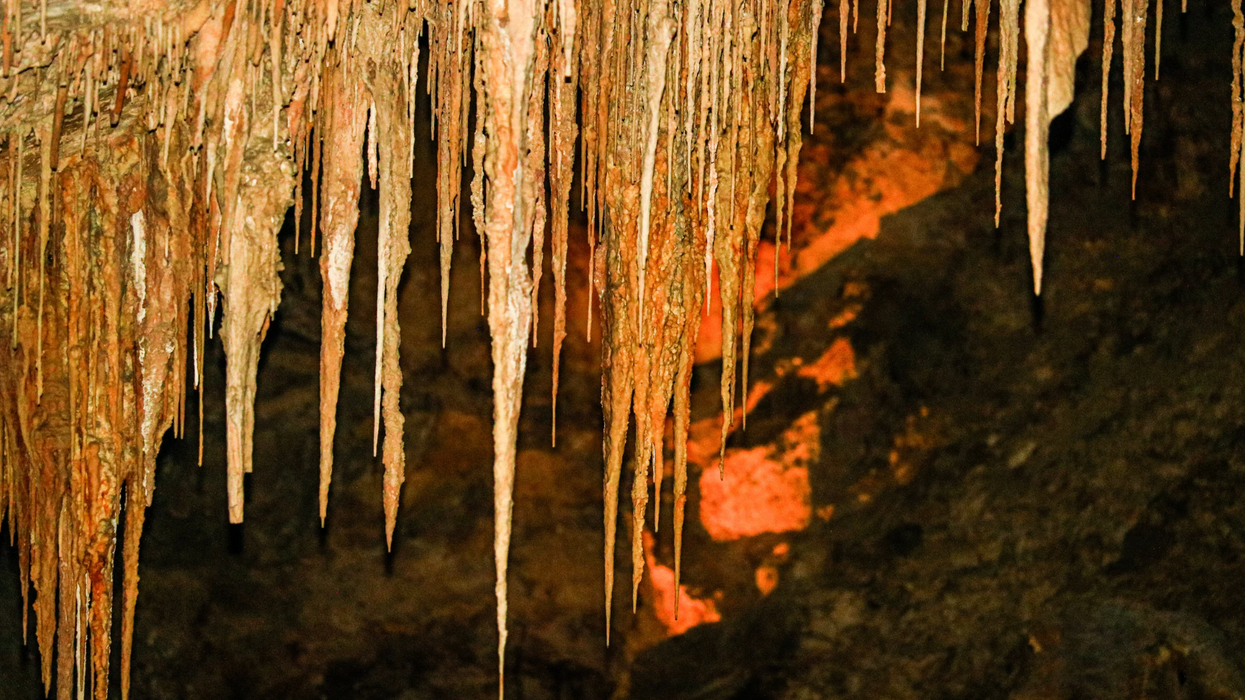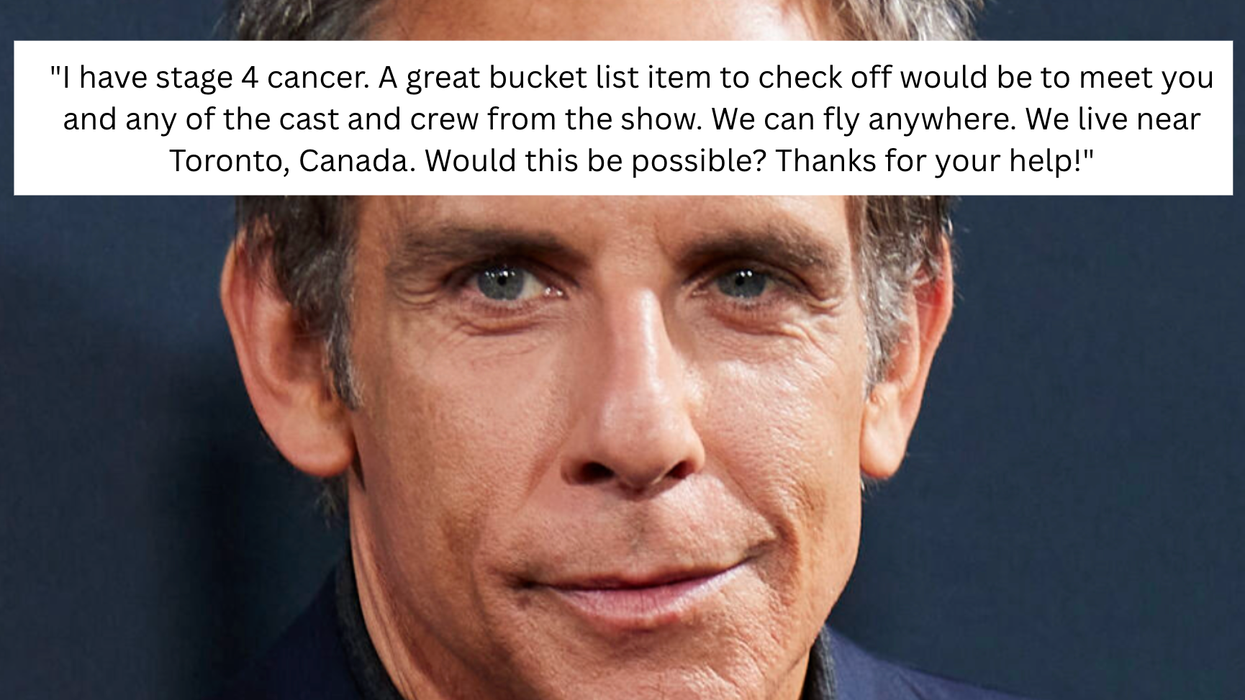Summer is the time for outdoor fun for so many, including trips the beach. It’s also a time when ocean-related television programming begins airing. Specials such as Discovery's Shark Week can offer a glimpse at a world outside our own, while others, like Animal Planet's Mermaids: The New Evidence provide nothing but fiction. Here are five things to know about the deep blue sea.
Sharks aren’t out to make you their lunch
It’s a common misconception that sharks are bloodthirsty, scary creatures like "Jaws." Sure, scientists may have found hybrid sharks off Australia, but that doesn’t mean they’re “checking you out for lunch,” as one news anchor ignorantly suggested to a fisherman. Many sharks may be the top predators of their ecosystems, but most species have never attacked humans (have you taken a look at the pygmy shark?).
They’re wild, like lions, bears, and crocodiles, but to make sharks out to be any more vicious only reflects the distorted image provided by television, the media, and even Ancient Greek historian Herodotus. Surfers are more likely to drown than die by shark bite, but yet we still call for their deaths. According to the IUCN, one third of open ocean species of sharks and rays, including the great hammerhead, great white, and the basking shark (which has certainly never bitten anyone) are threatened with extinction due to overfishing.
Overfishing is a real problem
Sharks aren’t the only ones threatened by overfishing; tuna, billfish and many others are feeling the effects as well. Scientists estimate more than 85 percent of the world’s fisheries have been pushed to (and past) their biological limits. Overfishing doesn’t just mean certain species will exist in low numbers—the effects are felt across the entire ecosystem. With fishing of species at the top of the food chain, the population of smaller marine animals explodes, leading to problems that include the deterioration of coral reef health.
The effects continue beyond the waves, as overfishing threatens the food security of costal communities across the globe. There’s no easy solution, as different laws, bycatch, and other factors contribute to the problem, but organizations like the Marine Stewardship Council (MSC) are enabling consumers to vote with their wallet; look for the MSC label while shopping for seafood.
Marine animals can be invasive too
Though the oceans are vast and many species of whale, shark, and fish make large migratory patterns, invasive species still exist. Like many of their land-based counterparts, these species end up in the wrong side of the ocean through several means (pet owners ditching their saltwater tank pets; hitchhiking in on boat hulls or in ballast water). Millions of dollars each year are spent trying to control invasive marine species such as the zebra mussel, green crab, and lionfish.
It’s our largest resource
We truly live on a water-based planet, with the ocean covering more than 70 percent of the Earth’s surface and containing 97 percent of the world’s water. But it’s not just a supplement to our environment or a place to get a suntan; the oceans generate half of the oxygen we breathe and help maintain the climates we live in while providing us with food. And jobs; according to the National Oceanic and Atmospheric Administration, one out of every six jobs in the U.S. is marine-related and more than one-third of the GNP originates in costal areas. With 95 percent of the sea still unexplored, there’s still much to learn and discover.
The oceans need our help
Three large garbage patches are floating around the Pacific Ocean, with the North Pacific Subtropical Convergence Zone, located north of the Hawaiian islands, in an area filled with pelagic species feeding and migrating. The tiny bits of plastic, or marine debris, contained within these moving patches pose a threat to the sea turtles, seabirds and other species that ingest them.
In addition to trashing the oceans, we're not doing enough to protect them. The oceans are affected by the inaction on the part of coastal states in the U.S. that are simply not doing enough. According to a recent SeaStates report, all coastal states except New Hampshire have designated some portion of their waters as marine-protected areas (MPA), but only two states conserve more than five percent of their waters as no-take marine reserves. Of the rest, some prohibit mining and drilling, but many allow one of the biggest threats: fishing. Scientists have found that areas with no-take marine are the best for the environment, as populations given the chance to bounce back, grow, and age can then move beyond the protection of the MPA—creating a win-win for both the fish and fishermen.
Illustration by Emily Howard
Join us in our quest to Explore and Protect the GOOD Outdoors. Click here to say you'll Do It.
















 Otis knew before they did.
Otis knew before they did.